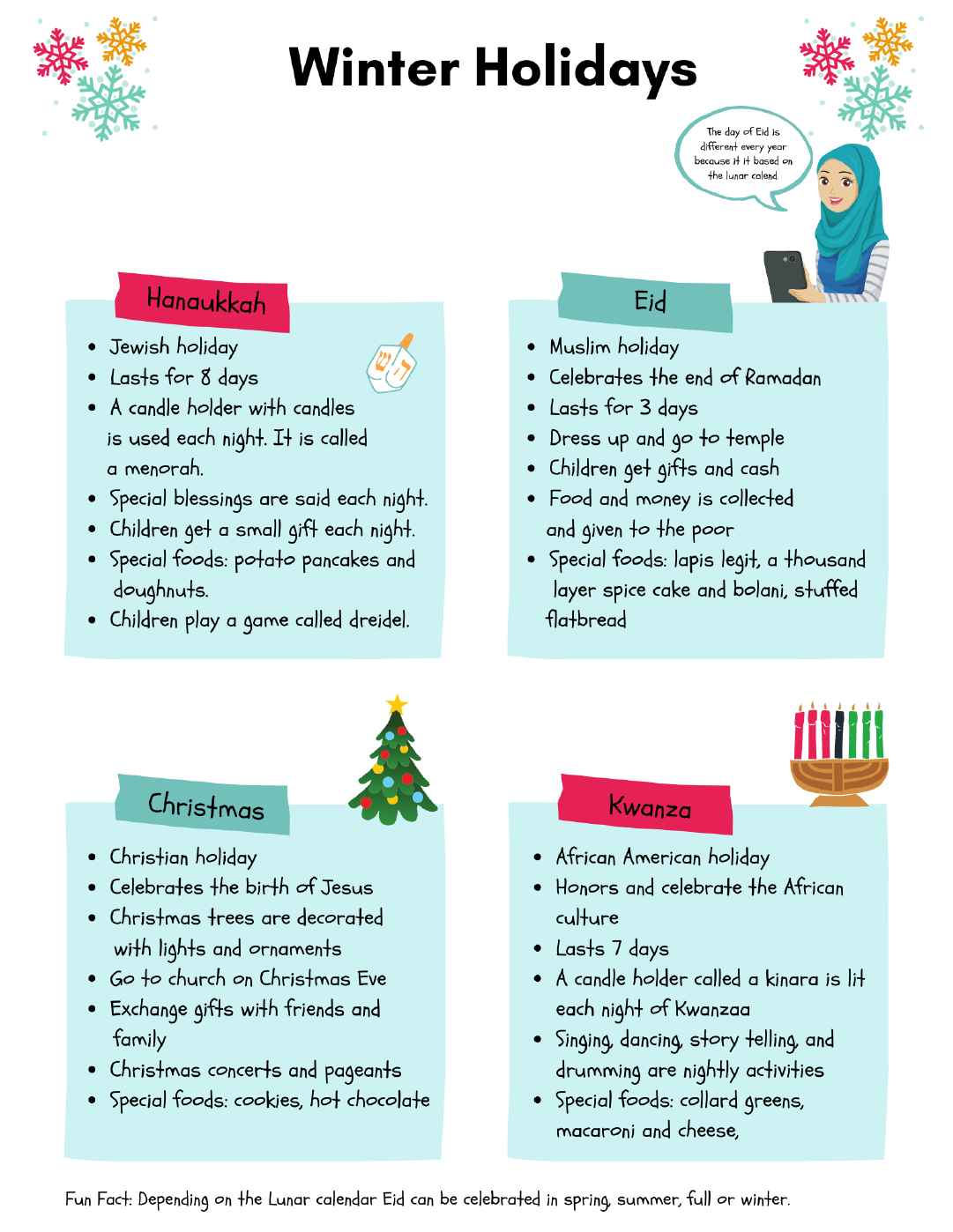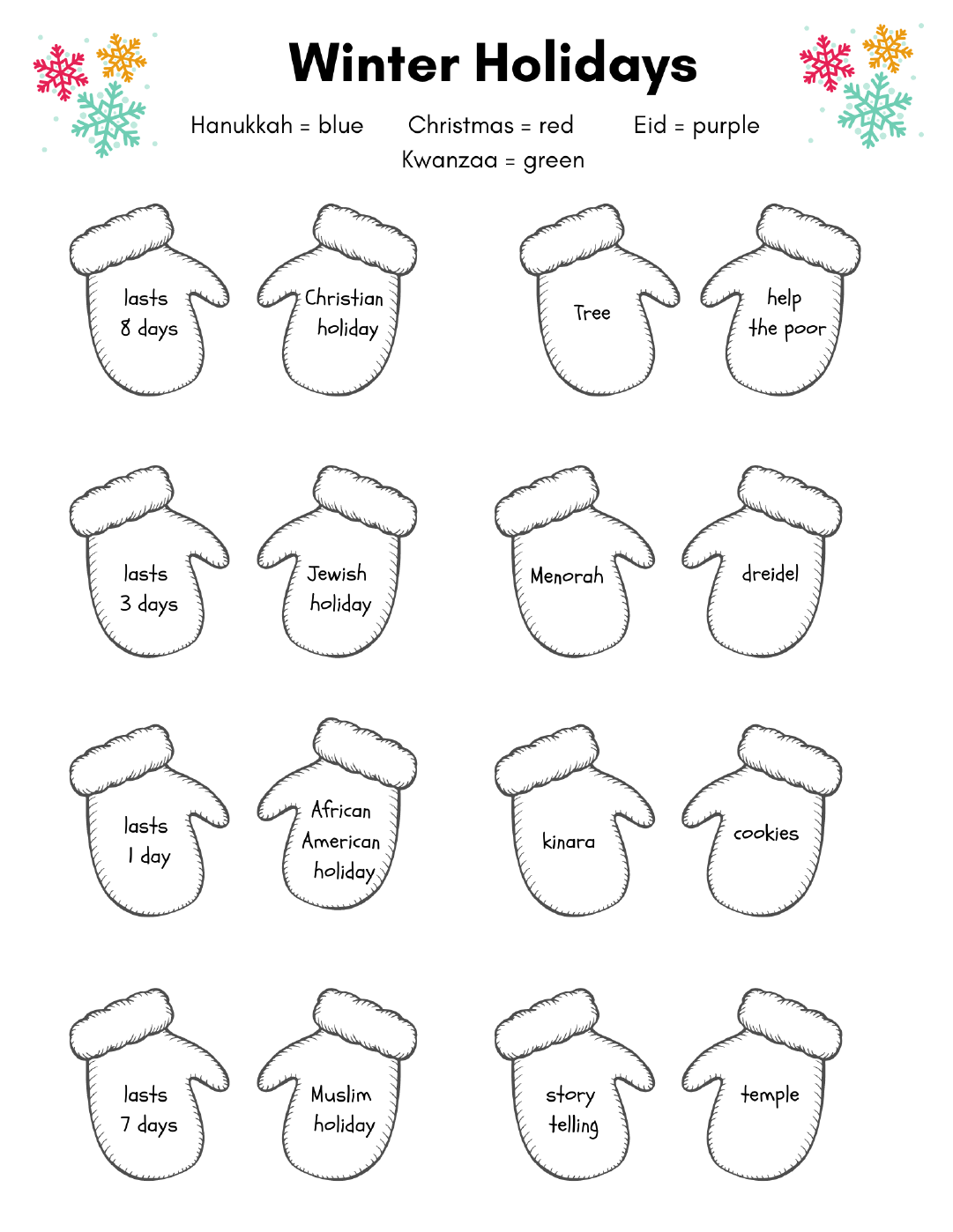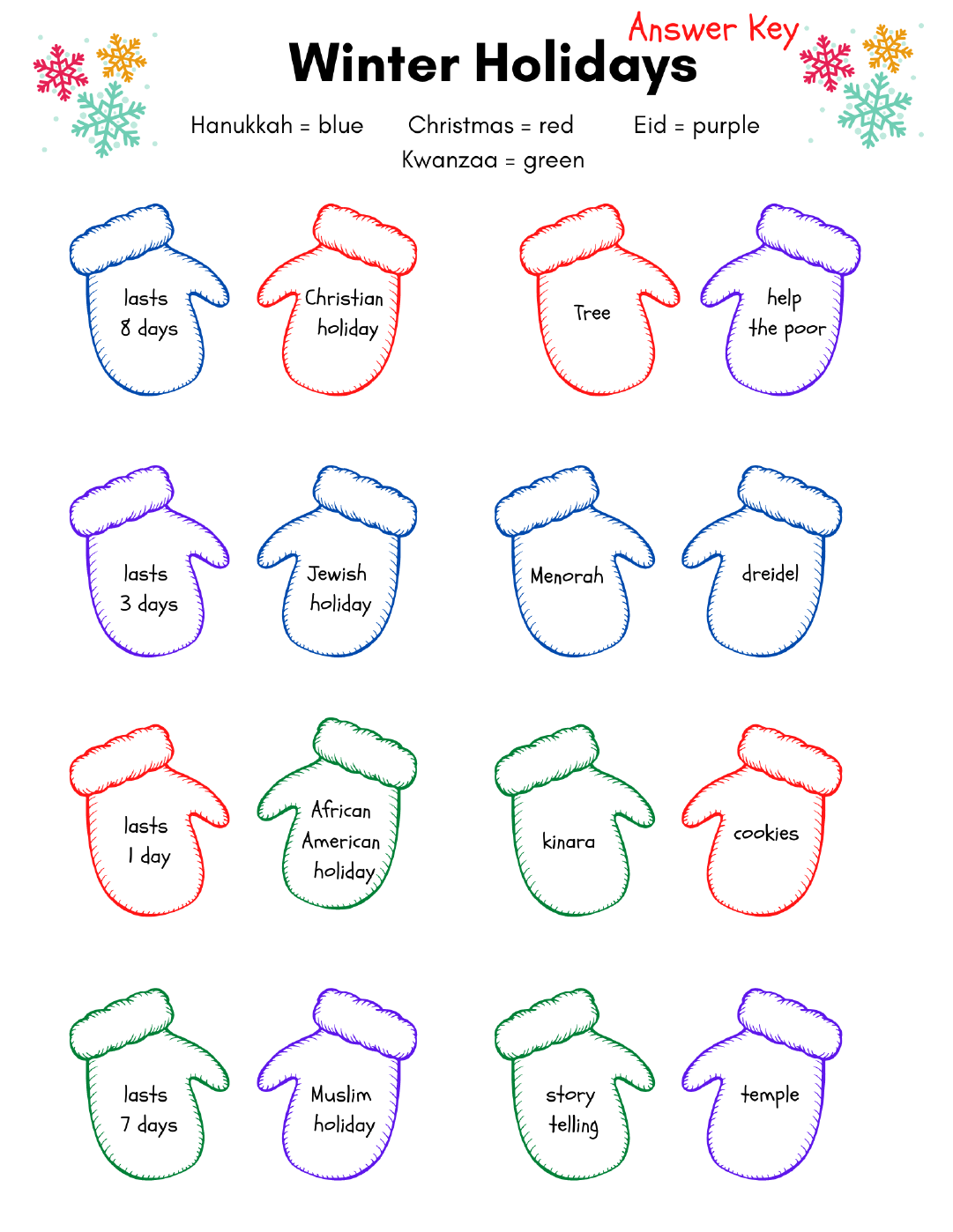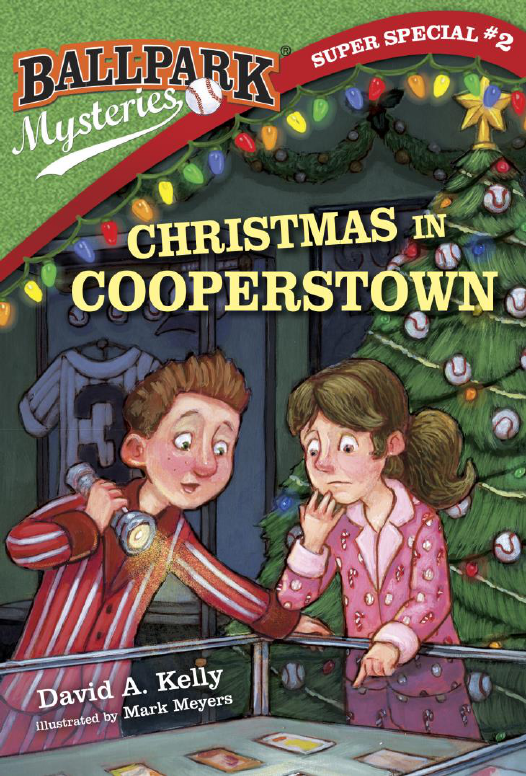
Learning Resources for
Ballpark Mysteries
Super Special #2
Christmas In Cooperstown
By David A. Kelly

Background
About the Book
Christmas In Cooperstown is the 2nd Super Special in the Ballpark Mysteries series.
In Christmas In Cooperstown, Mike and Kate are celebrating Christmas in Cooperstown. When they discover
that someone has stolen a Honus Wagner baseball card from the National Baseball Hall of Fame, it is up to the
cousins to solve the mystery.
About the Author
David A. Kelly is a children’s book author, travel writer and technology analyst. He’s the author of the Ballpark
Mysteries series from Random House, in which cousins Kate and Mike solve mysteries at different major
league ballparks, and the Most Valuable Players (MVP) series from Random House as well, in which a group
of elementary school kids have adventures playing different sports. Mr. Kelly is also the author of the early
reader, Babe Ruth and the Baseball Curse and the picture book Miracle Mud: Lena Blackburne and Secret
Mud that Changed Baseball.
He has written about travel and technology for the New York Times, the Boston Globe, the Chicago Sun
Times, and many other publications.
Mr. Kelly lives in Newton, MA, with his wife and two sons.
For more information, visit David’s webpage – www.davidakellybooks.com
You can follow Mr. Kelly on social media:
- Twitter @davidakelly
- Instagram @davidakellybooks
- Facebook @ballparkmysteries
Signed and personalized books are available at: www.buydavidakellybooks.com
Free Q&A Skype sessions are available at: www.dakskype.com
In-person and virtual author visits are available at: www.dakvisits.com

Parts of Speech
Book Tie-in:
The author, David A. Kelly uses strong nouns, verbs, and adjectives in his writing. As students read the book,
ask them to look for strong nouns, verbs, and adjectives.
Standards:
● L.2.1 Demonstrate command of the conventions of standard English grammar and usage when writing
or speaking.
● L.3.1 Demonstrate command of the conventions of standard English grammar and usage when writing
or speaking.
Objective:
● Define and identify nouns, verbs, and adjectives.
Procedure:
● Prior to lesson: Cut out 3 rectangles out of wrapping paper. The rectangles should be about 3 feet tall.
Glue the parts of speech bows onto the wrapping paper to create a package. Hang each package in a
different part of the room.
● Review the definitions for the following parts of speech:
○ Noun: person, place, or thing
○ Verb: shows action or state of being
○ Adjective: describes a noun
● Pass out a part of speech cards to each student. Instruct them to identify the part of speech and attach
it to the correct package. Encourage students to work together. After all the cards have been attached
to the packages, review the choices with the students. Allow students to move any incorrect answers
to the correct package.
● Pass out the Parts of Speech worksheet to students to complete. Options for this activity include:
○ Partner work
○ Small group work
○ Independent work/Formative assessment
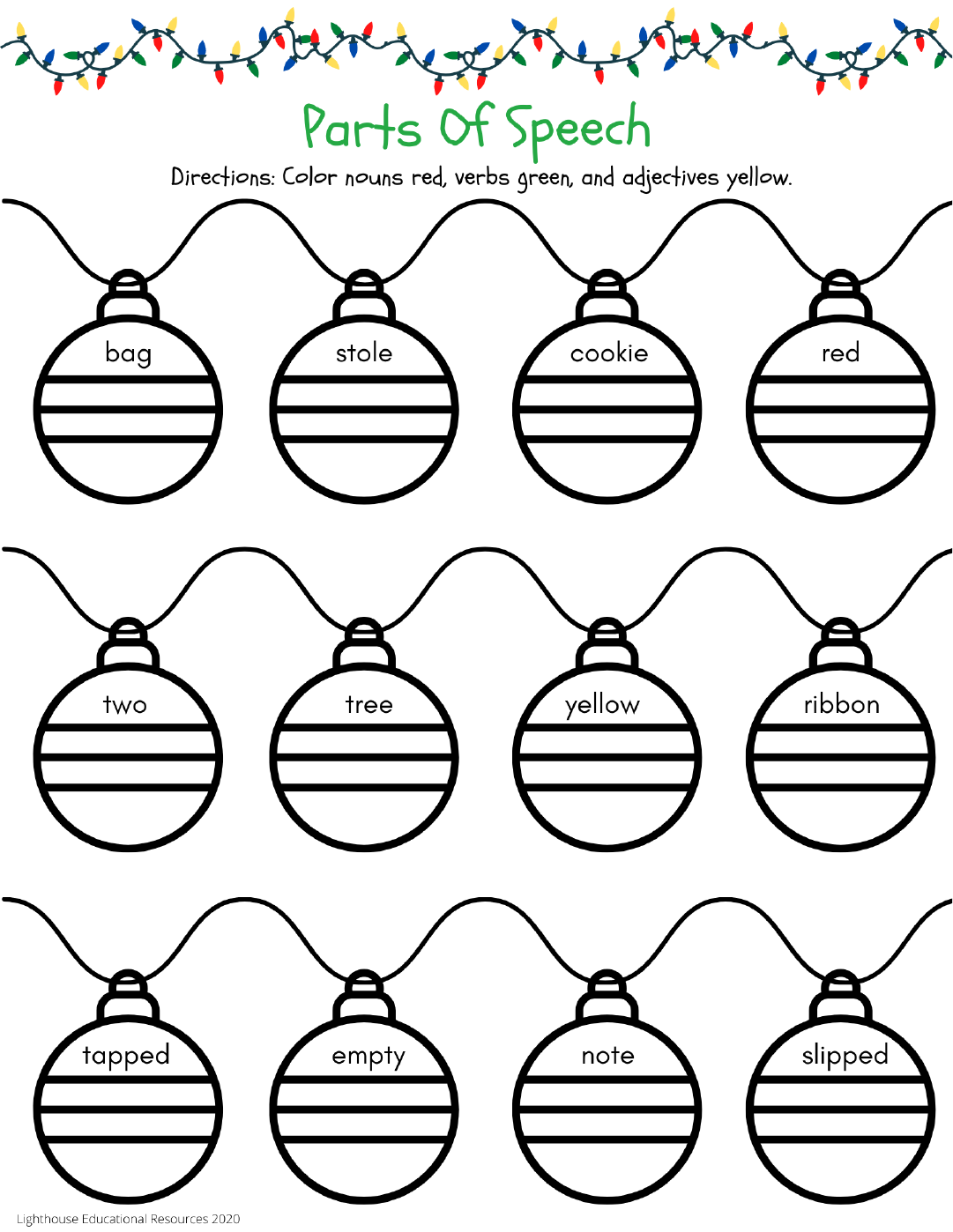
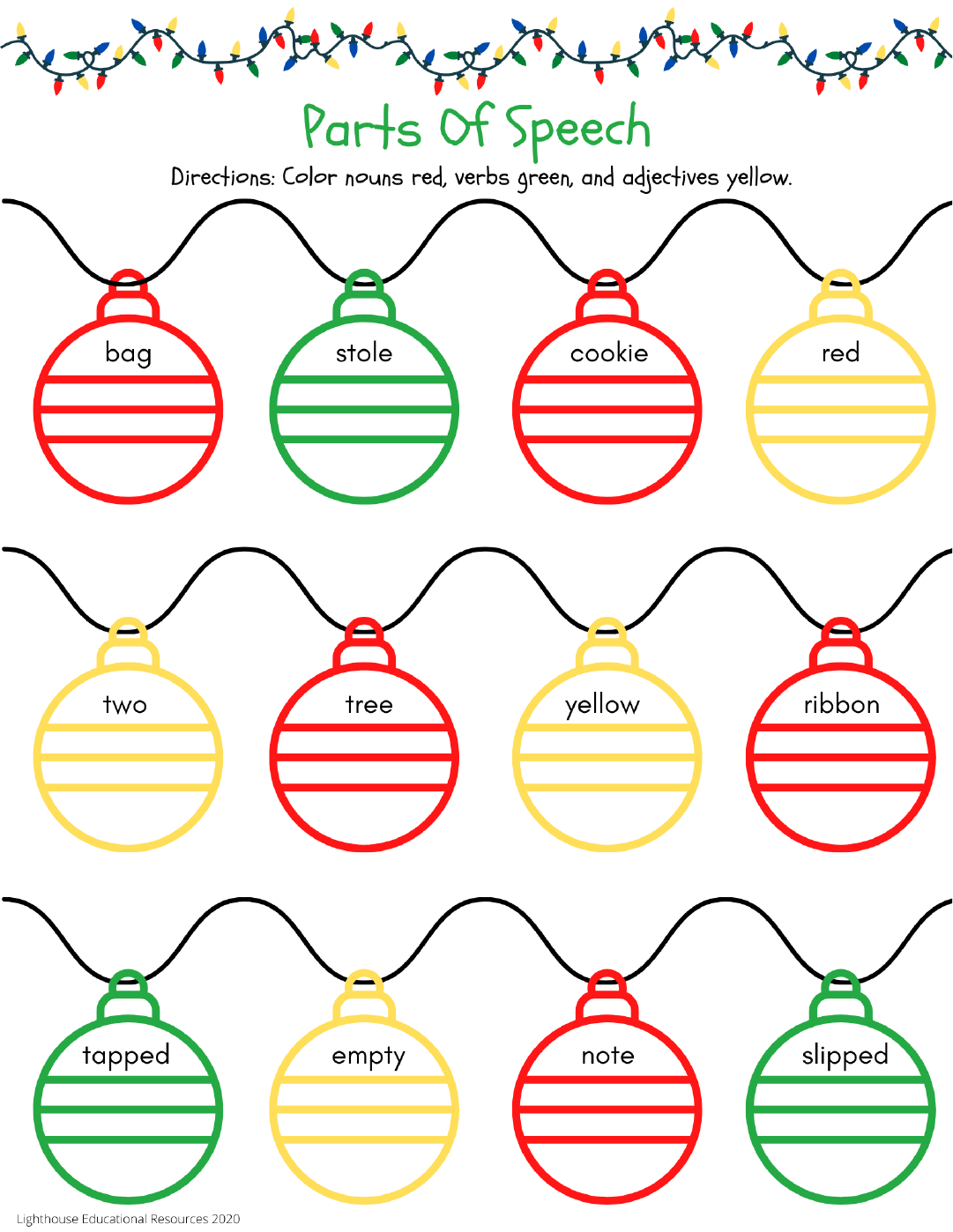
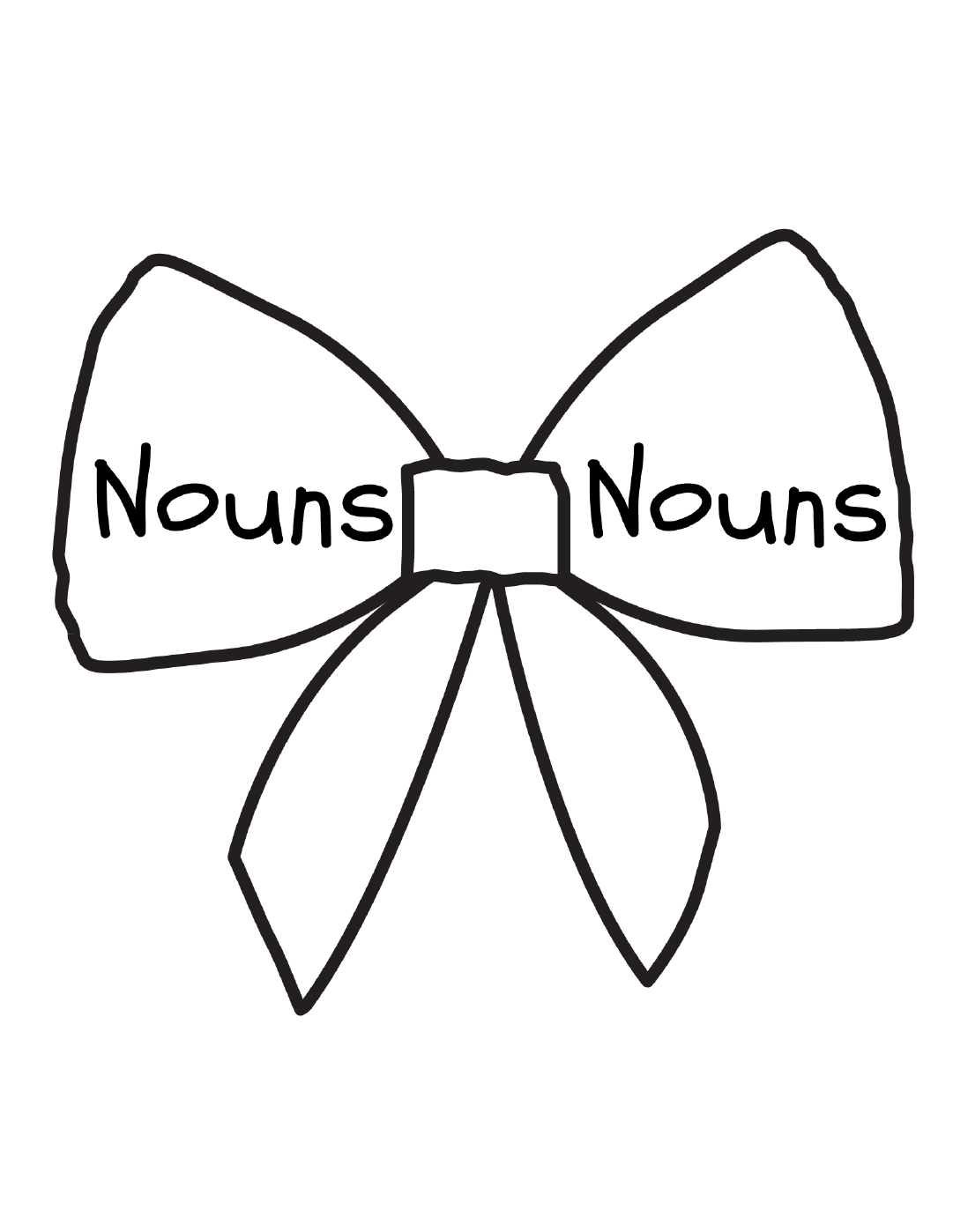
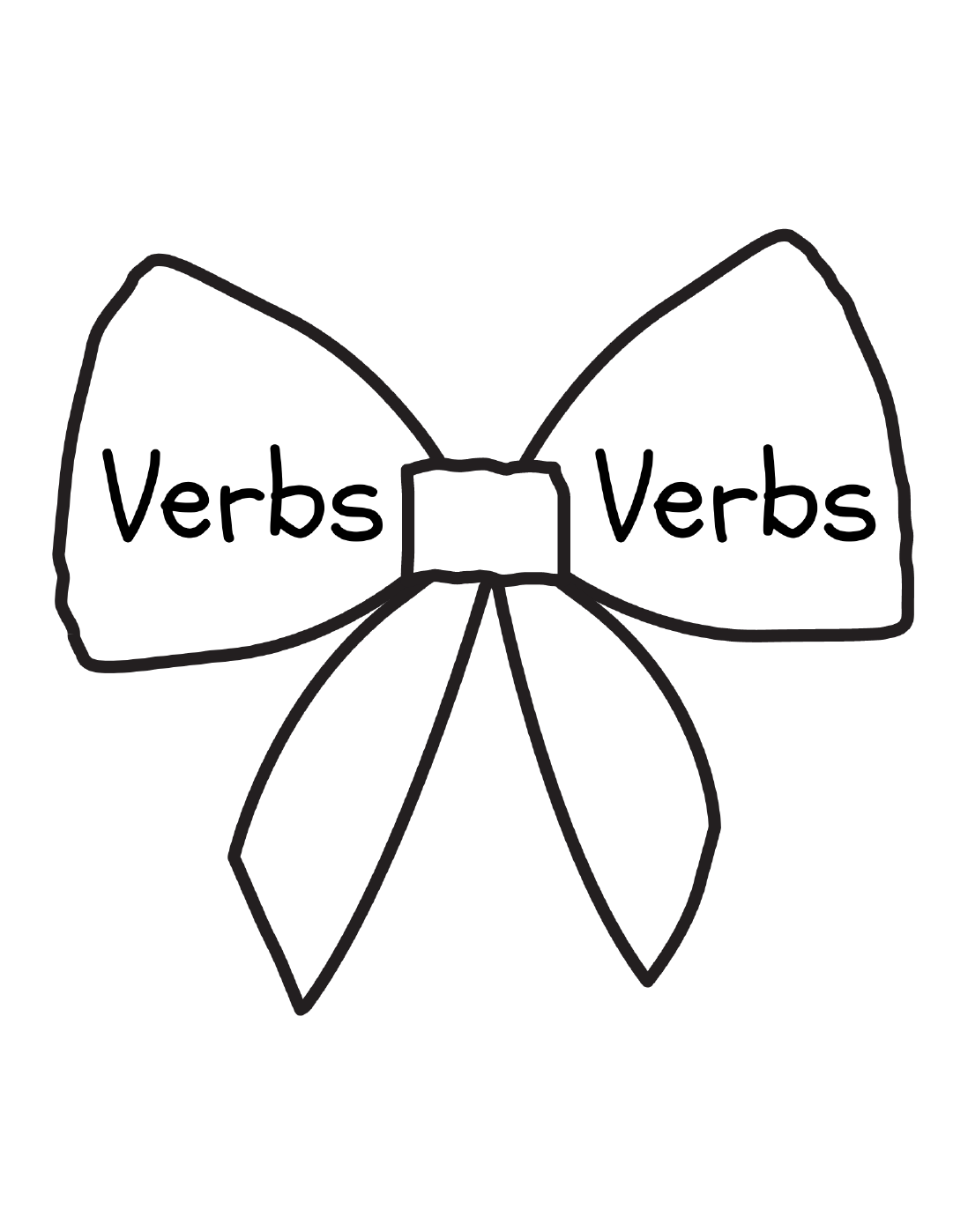
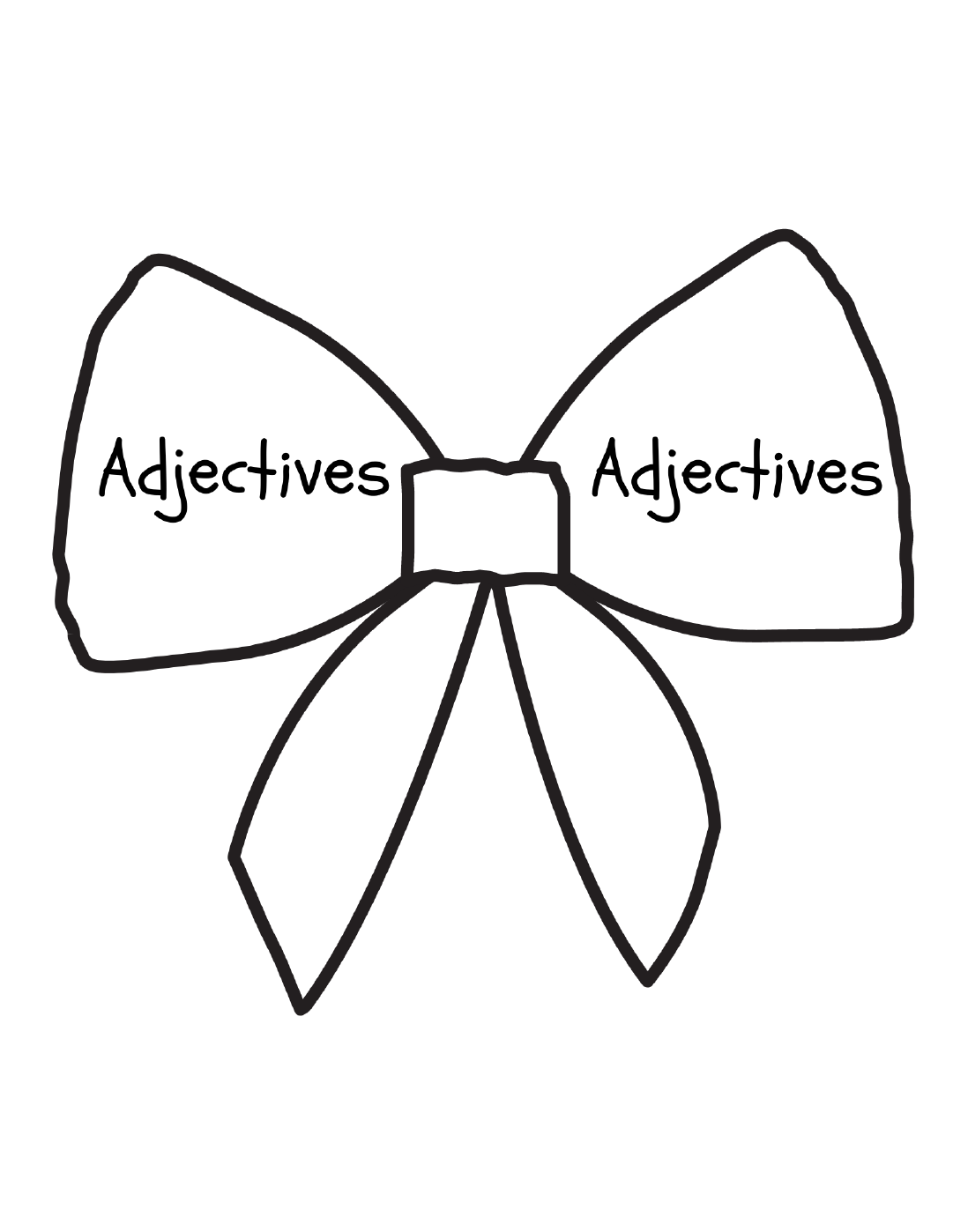
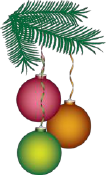
All Star Alphabetizing
Book Tie-in:
There are words in the book that students may not understand. Students will need to use a dictionary to find
the meaning of these words. In order to do this, students need to be able find the words. Students need to
understand how to alphabetize.
Standards:
● L.2.2.E Consult reference materials, including beginning dictionaries, as needed to check and
correct spellings.
● L.2.4.E Use glossaries and beginning dictionaries, both print and digital, to determine or clarify the
meaning of words and phrases.
● L.3.2.G Consult reference materials, including beginning dictionaries, as needed to check and
correct spellings.
● L.3.4.D Use glossaries or beginning dictionaries, both print and digital, to determine or clarify the
precise meaning of key words and phrases.
Objective:
● Put words in alphabetical order.
Procedure:
● Pass out the All Star Alphabetizing Worksheet. Complete the first tree with students. Show students
how to put the words in the correct order by starting with the first letter and moving to the second and
third letter if necessary. Have students complete the rest of the worksheet on their own.
● Option: Have students use dictionaries to check their work.
● Answers: 1. closed, come, corner, cousin 2. ball, behind, big, bottle 3. santa, sign, smile, stole 4. fame,
filled, first, food.

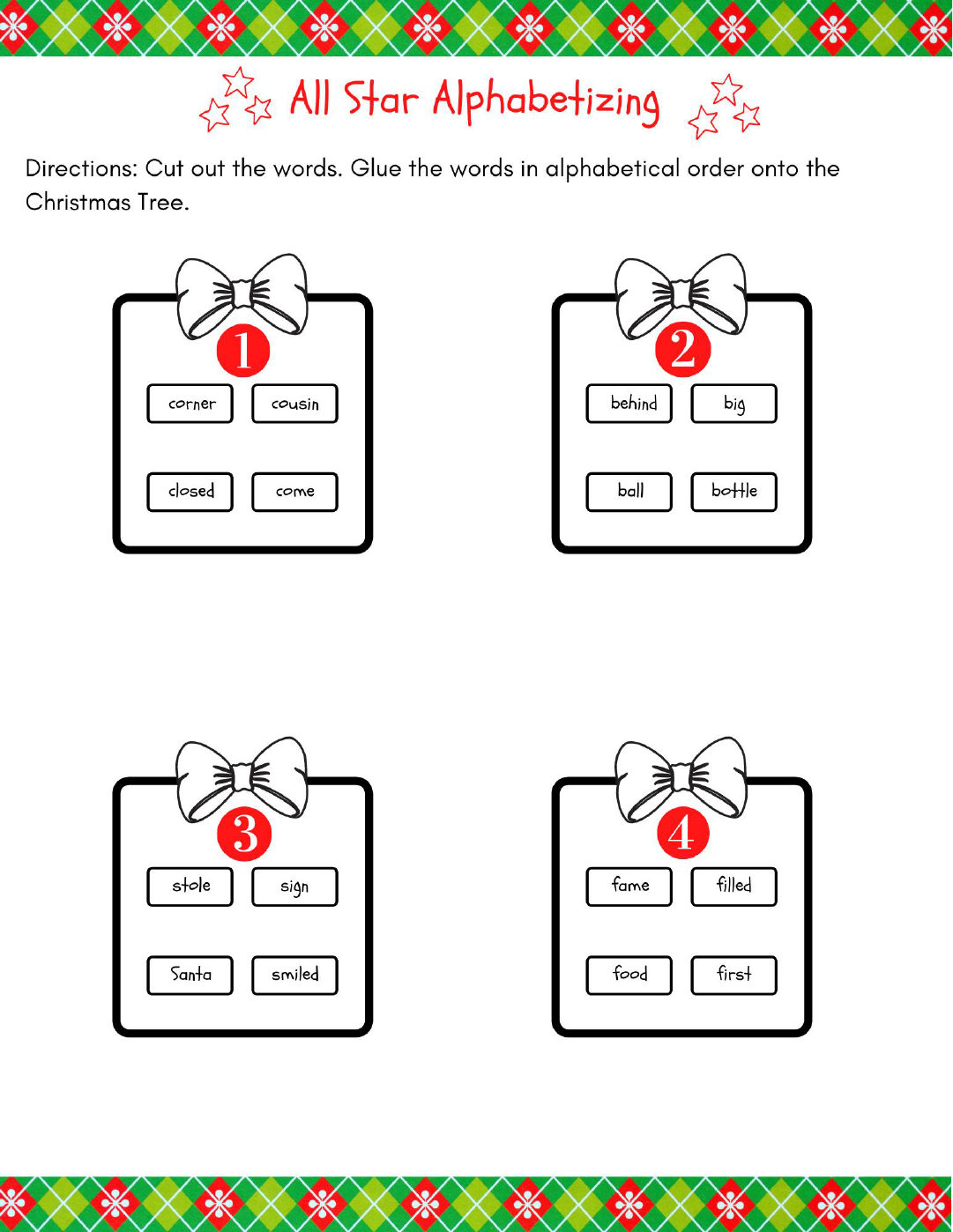

Sorting Santa’s Syllables
Book Tie-in:
The author, David A. Kelly uses one-syllable, two-syllable, and three-syllable words in the book. As students
read, The Triple Play Twins, encourage students to identify the number of syllables in the words.
Standards:
● RF.2.3.C Decode regularly spelled two-syllable words with long vowels.
● RF.3.3.C Decode multisyllable words.
Objective:
● Decode one-syllable, two-syllable, and three-syllable words.
● Identify the number of syllables in a word.
Procedure:
● Put the following words on the board:
○ Breakfast
○ Cooperstown
○ Lampposts
○ Decorated
○ Night
○ Center
○ Holiday
○ Gift
○ Reading
● Ask students to identify the number of the syllables in each word on the board. Ask students to tap out
● Have students complete the Grand Slam Syllable Worksheet.
● Worksheet Answers:
○ One-Syllable Words: desk, door, sleeps, steps,
○ Two-Syllable Words: thermos, office, party
○ Three-Syllable Words: mysteries, sleepover, Cooperstown, chocolate,
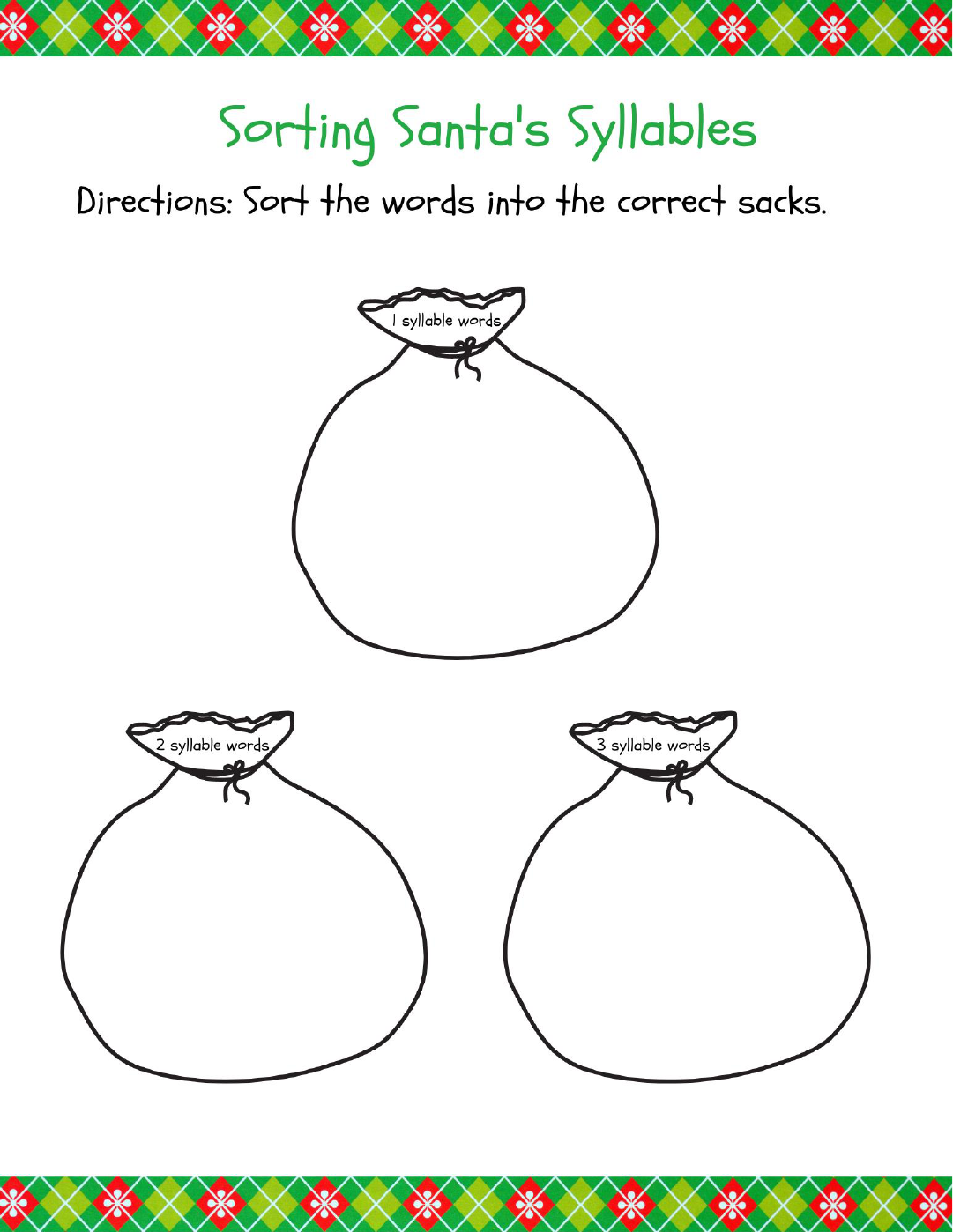
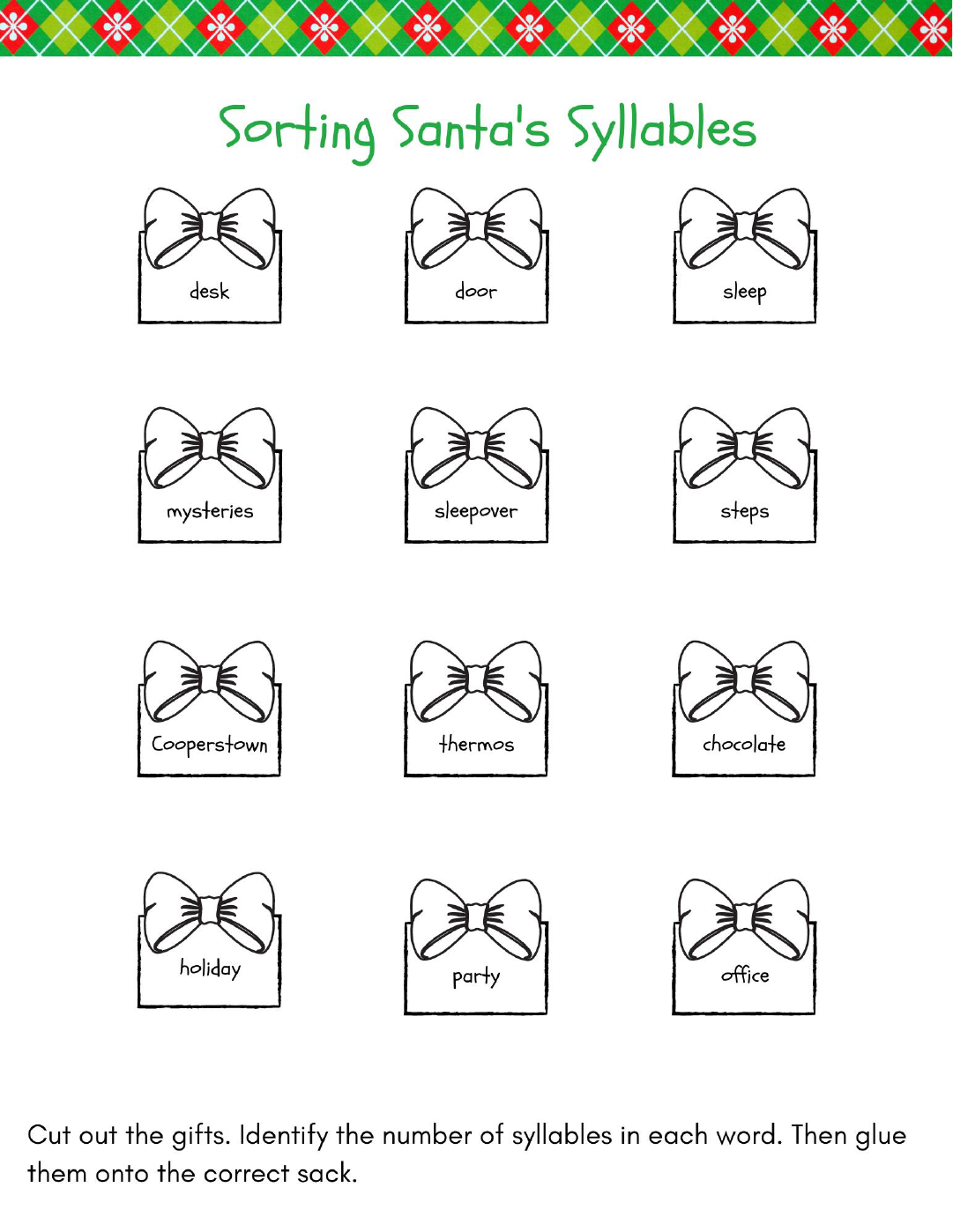

Visions of Sugarplums
Book Tie-in:
The author, David A. Kelly uses adjectives and prepositions to describe settings and characters. This helps the
reader visualize what is happening in the story.
Standards:
● RL.2.7 Use information gained from the illustrations and words in a print or digital text to demonstrate
understanding of its characters, setting, or plot.
Objective:
● Use details from the text to visualize what is happening in a story.
Procedure:
● Pass out the VIsions of Sugarplums Worksheet to students. Read the first box with students. Ask
students to identify the words that help the reader visualize. Have students highlight these words.
Words/Phrases that should be highlighted:
Mike and Kate pulled off their red-and-white Santa hats and stamped the snow
from their boots.
● Then have students draw what they visualize.
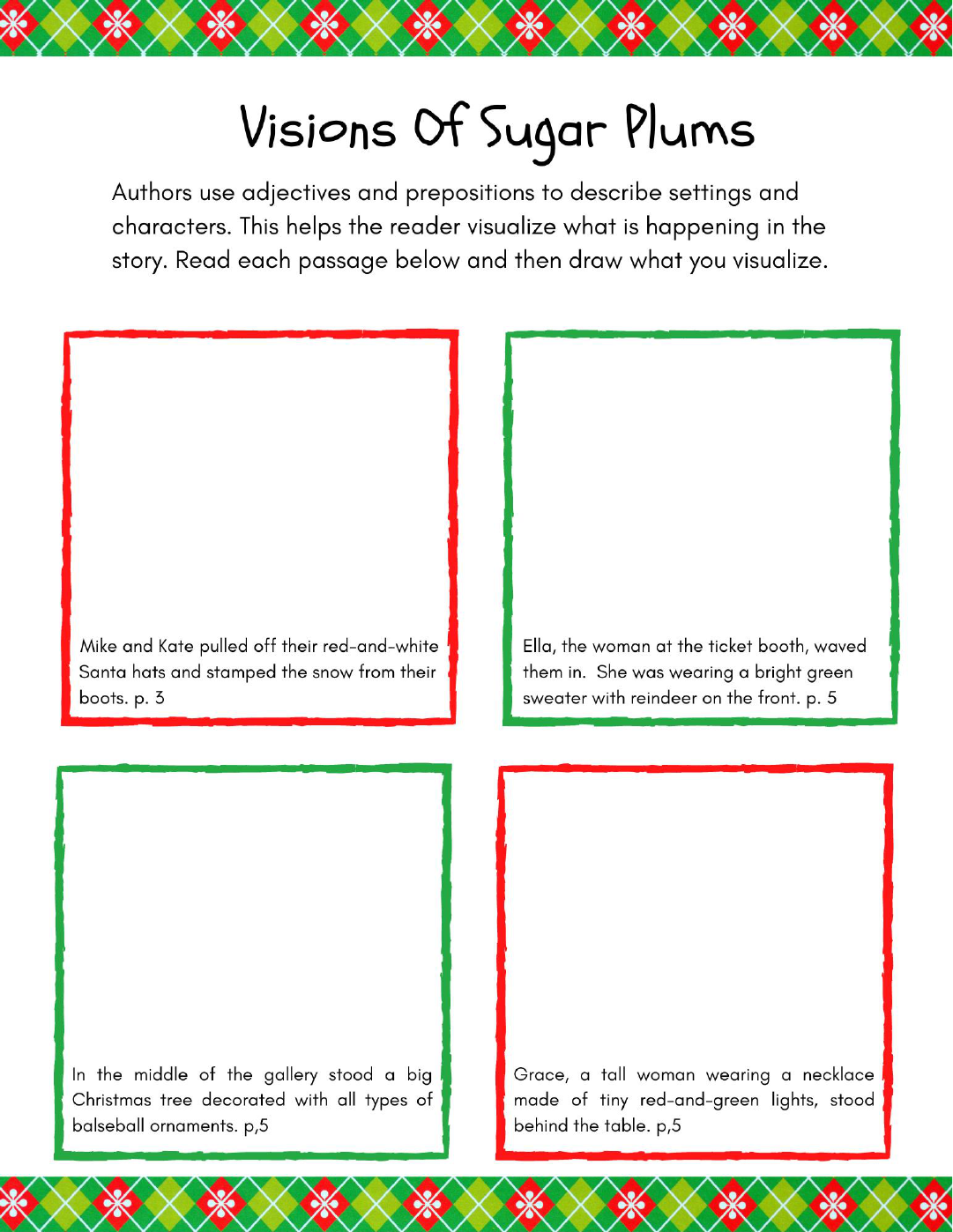
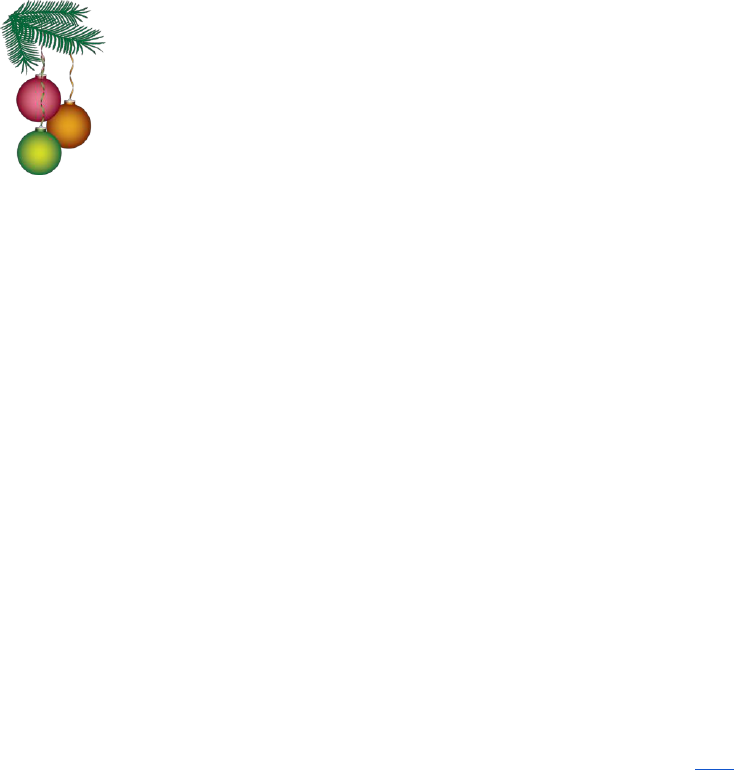
Design An Ornament
Book Tie-in:
In the book, there is a Christmas tree in the National Baseball Hall Of Fame that is decorated with baseball
ornaments.
Standards:
● VA:Cn10.1.2a Create works of art about events in home, school, or community life.
● VA:Cn10.1.3a Create works of art that reflect community cultural traditions.
Objective:
● Use details from the text to visualize what is happening in a story.
Procedure:
● Book a virtual field trip with the National Baseball Hall of Fame. Link
● After the field trip have students design an ornament for the tree drawing on the information they
learned on the field trip.
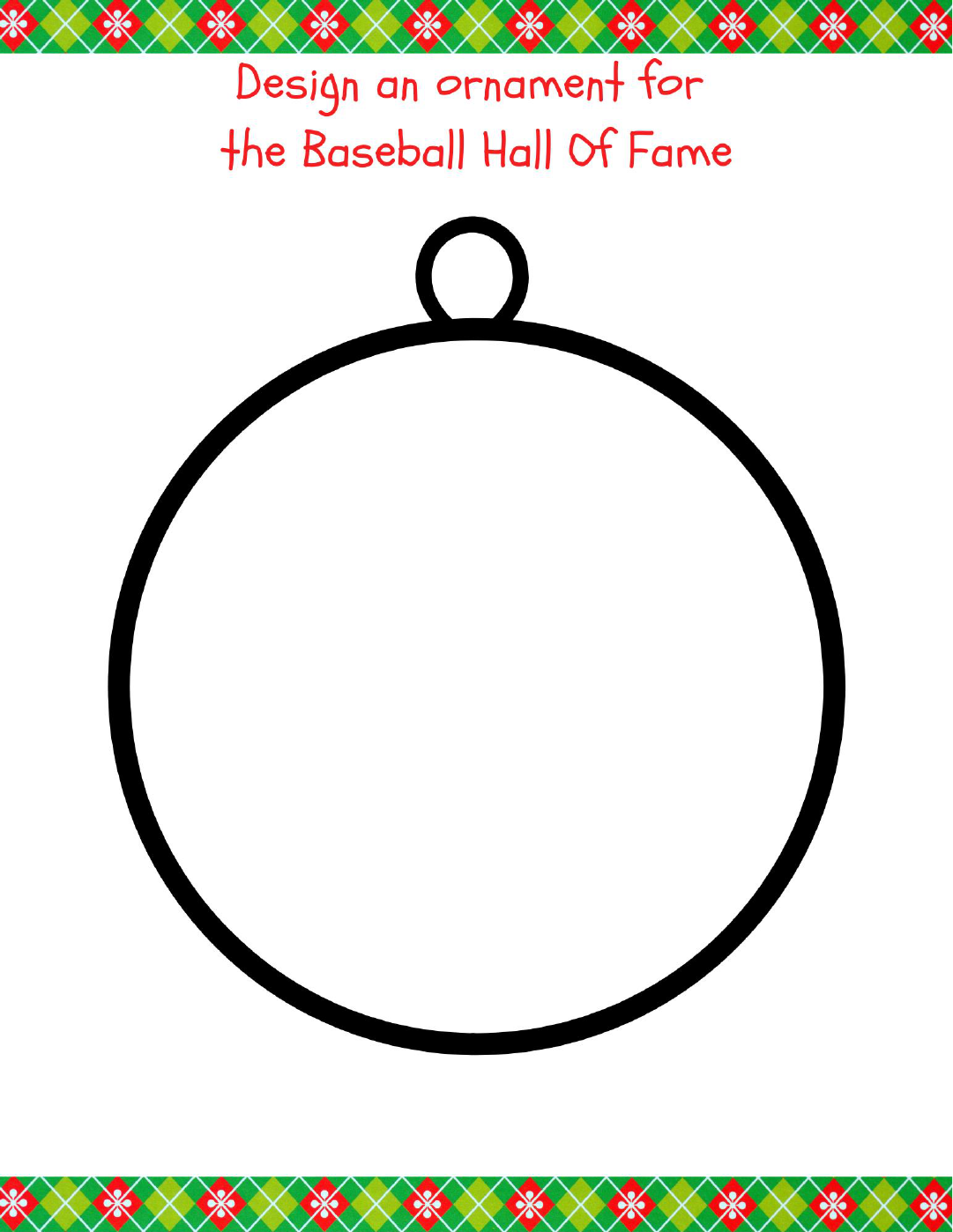
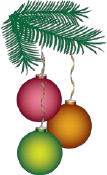
Honus Wagner
Book Tie-in:
In the book, a Honus Wagner baseball card is stolen. This reading passage provides background information
for students.
Standards:
● RL.2.1 Ask and answer such questions as who, what, where, when, why, and how to demonstrate
understanding of key details in a text.
● RL.3.1 Ask and answer questions to demonstrate understanding of a text, referring explicitly to the
text as the basis for the answers.
Objective:
● Improve reading comprehension.
Procedure:
● Have students read the passage on Honus Wagner. Options for this activity include:
○ Teacher read aloud
○ Small group reading
○ Paired reading
○ Independent reading
● After students have read the passage, ask the following questions:
○ What was Honus Wagner’s birth name? Johannes Peter Wagner
○ What does ‘honus’ mean? Awkward or clumsy
○ How old was Honus when he started working? 12 Years Old
○ What jobs did Honus have? Coal mine, steel mill, barber shop
○ What team did Honus Wagner play on for the longest? Pittsburgh
○ Why is his card worth so much? Only a few were sold before they stopped making them.
○ When was Honus Wagner voted into the Hall of the Fame? 1936
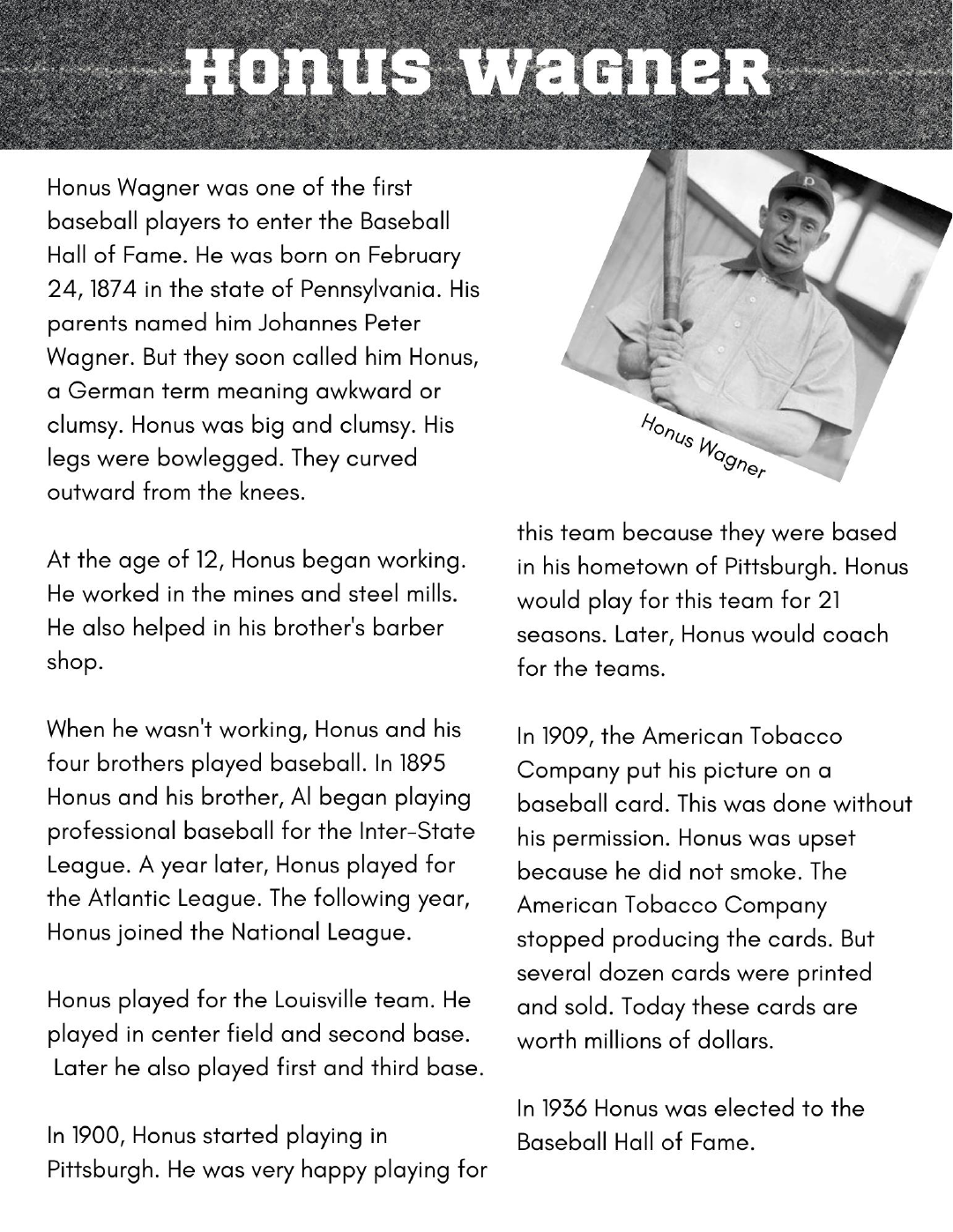
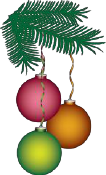
Planning A Food Drive
Book Tie-in:
In the book, Cooperstown Cares helps out the community by having food drives, clothing drives, and toy
drives. In this activity, students will plan a food drive.
Standards:
● RL.2.3 Describe the connection between a series of historical events, scientific ideas or concepts,
or steps in technical procedures in a text.
● RI.3.3 Describe the relationship between a series of historical events, scientific ideas or concepts,
or steps in technical procedures in a text, using language that pertains to time, sequence, and
cause/effect.
Objectives:
● Sequence events in the correct order.
● Plan a food drive.
Procedure:
● Complete the Plan A Food Drive Worksheet with students.
● Once students understand the sequence of events for a food drive, have them plan out their own food
drive. Place each step from the worksheet on a separate piece of chart paper. Have students
brainstorm and vote on the following: date, location, and food pantry. Then have students choose jobs:
○ Contacting location
○ Contacting food pantry
○ Posters
○ Working the food drive
■ Collecting
■ Sorting
■ Packing
○ Delivering the food pantry
● Conduct the food drive.
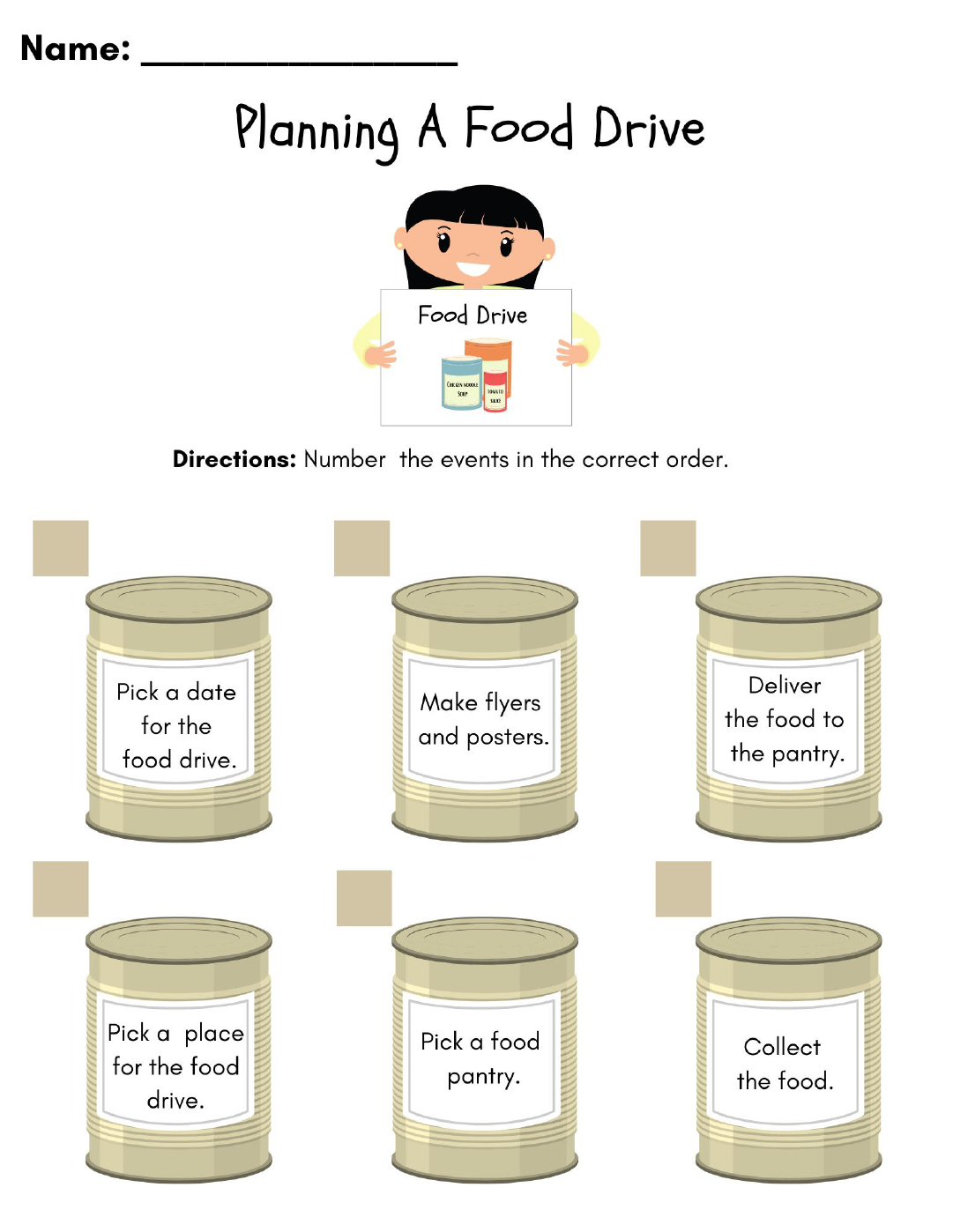
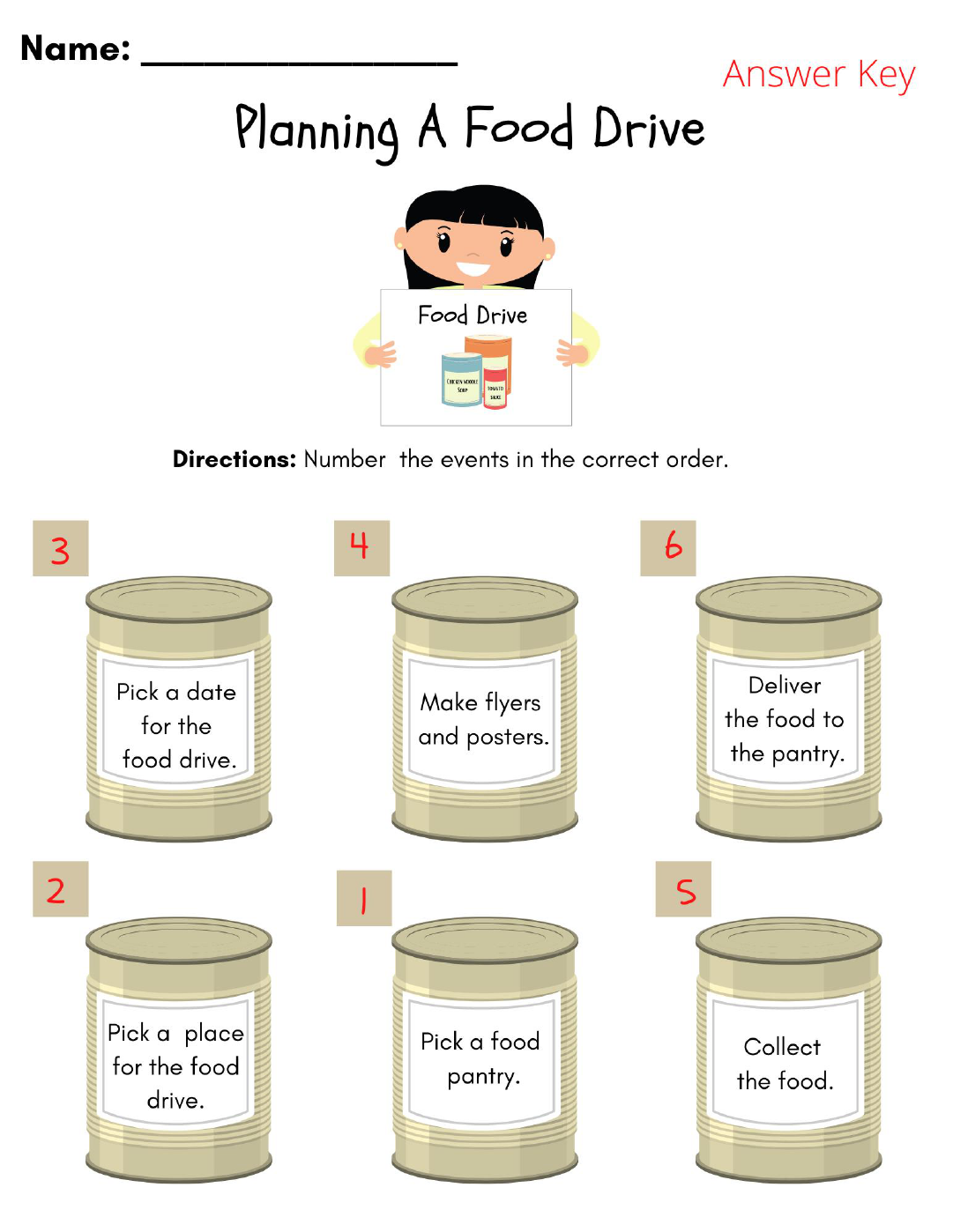

Winter Holidays
Book Tie-in:
In the book, the winter holidays of Hanukkah and Eids are mentioned. This activity provides more information
on winter holidays.
Standards:
● RI.2.1 Ask and answer such questions as who, what, where, when, why, and how to demonstrate
understanding of key details in a text.
● RI.3.1 Ask and answer questions to demonstrate understanding of a text, referring explicitly to the
text as the basis for the answers.
● W.2.2 Write informative/explanatory texts in which they introduce a topic, use facts and
definitions to develop points, and provide a concluding statement or section.
● W. 3.2.A Introduce a topic and group related information together; include illustrations when
useful to aiding comprehension.
Objectives:
● Improve reading comprehension.
● Locate answers in text.
Procedure:
● Read page 45 in Christmas In Cooperstown where winter holidays are discussed. Explain to students
that there are many different holidays that are celebrated during the winter.
● Pass out the worksheet on winter holidays. Read through the fact portion with students. Then have
students complete the second page.
● Have students watch the following videos:
○ Hanukkah
○ Kwanzaa
○ Christmas
○ Eid
● Have students write about each holiday using the winter writing paper. Students should draw a picture
inside of the rectangle. Provide the following topic sentences:
○ Hanukkah is a winter holiday.
○ Kwanzaa is a winter holiday.
○ Christmas is a winter holiday.
○ Eid is a holiday that is often celebrated in winter.
